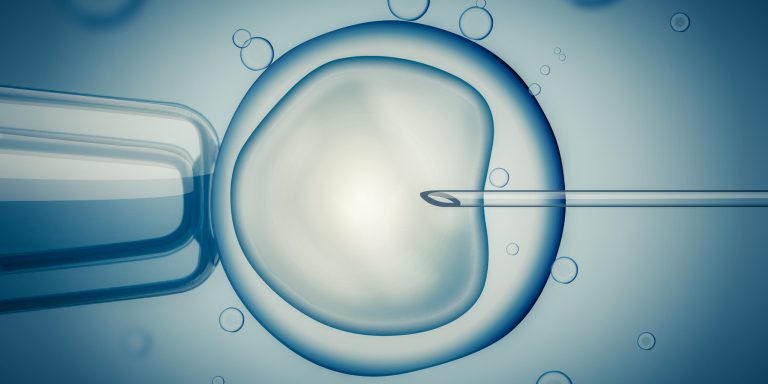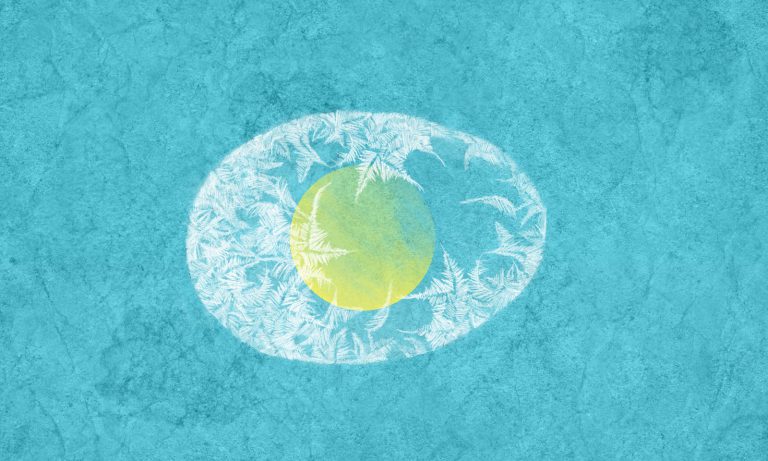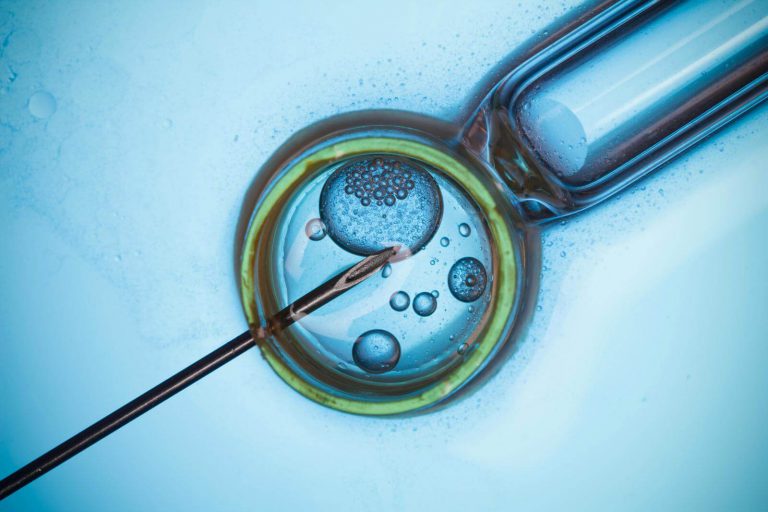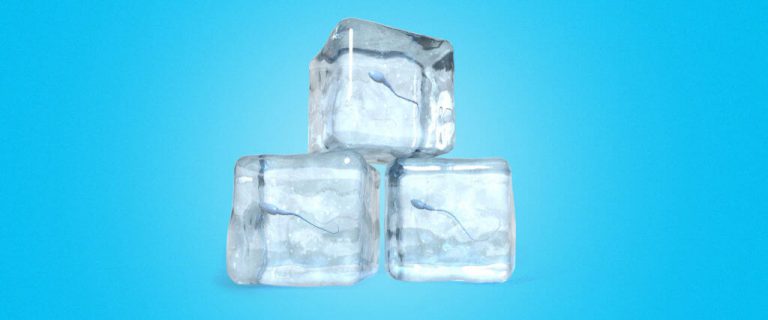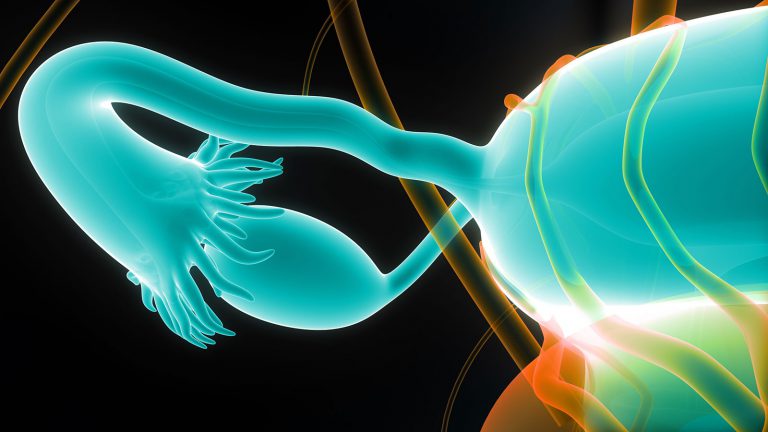Donor sperm is primarily used to achieve pregnancy for three groups: Women who are single, women in an LGBT relationship, or couples in which the male partner does not have usable sperm.
Who Uses Donor Sperm?
While there isn’t much in the way of accurate figures or research about the total number of people using donor sperm, it does appear that the profile of users has likely changed since the 1980s. According to voluntary survey results from the Donor Sibling Registry (DSR), about half of their members come from single mothers, and about a third are from LGBT families, whereas some 30 years ago the primary users were heterosexual couples.
The same survey results show that parents using donor sperm are most often well educated (college or graduate degree) and have an income over $60,000 a year. Of course, the profile of all parents using donor sperm may not match the members of the DSR.

Using Donor Sperm as a Single Female or LGBT Couple
The numbers above suggest that by far the most common use of donor sperm is women looking to get pregnant without a male partner. Using donor sperm provides an alternative to adoption for these women. It is an attractive option for people who feel a strong desire to share their genetics with their child.
It may also be a more accessible option. Adoption is far from a simple process and typically has great costs associated with it.
Using Donor Sperm for Infertility
When a heterosexual couple uses donor sperm to overcome infertility, the biggest hurdle can be not sharing genetics with their child. For many men, it is a very difficult decision to make and counseling is often mandatory or encouraged.
A couple is most likely to use donor sperm if the male is azoospermic, meaning he has no sperm in his ejaculate. Donor sperm may also be used if a man has sperm, but the quality is very poor. In rarer cases, donor sperm may also be used to avoid passing on a genetic disorder from the male side.
How to Find a Sperm Donor
If you have made the decision to use a sperm donor, it’s best to consult a trusted health care professional about options in your area. In some places, you may need a referral from your doctor. You can also choose a person that you know to donate sperm, but this may have legal and personal implications.
The majority of people looking for donor sperm will go through a sperm bank. At a sperm bank, you have access to donor profiles which includes details such as what they look like, their interests, career path, education, life experience and even personality and temperament. The details available will vary depending on the bank as well as location. Clinics will allow you to choose a donor based on the information available.
How Much does a Sperm Donor Cost?
Donor insemination can cost anywhere from $300 to $4000, depending on factors like location, sperm bank, donor arrangement, specific donor, and procedure used for insemination.
How Does The Sperm Donation Process Work?
Donors are required to go through an extensive assessment to ensure that they are in adequate health before they make a donation. Results will vary slightly depending on region, but in general the process will follow this pattern:
- The donor will make contact with an agency and will complete a registration form to ensure that they meet the criteria. They will also complete forms related to lifestyle and family health history as part of their health screening.
- The donor will be asked to produce a semen sample for analysis. Specialists will test sperm for volume, viscosity, PH levels, morphology, count and motility.
- The donor will undergo a range of required health tests, including a full physical exam, blood tests and urine tests for various diseases and genetic disorders. There may also be a requirement for the donor’s partner to undergo STI and other health tests.
- The donor will go through medical and fertility consultations and sometimes counseling.
- Each above test is used as a part of the overall review process to ensure that the donor is a well qualified candidate. If the tests are acceptable, the donor can begin donating.
- Donors are encouraged to donate once or twice a week.
- Samples are typically tested for STIs, even if the initial donor tests were clear. Donors are also required to be re-tested at the end of the six-month quarantine period.
- Once all tests are clear, the donor sperm is made available for use.

